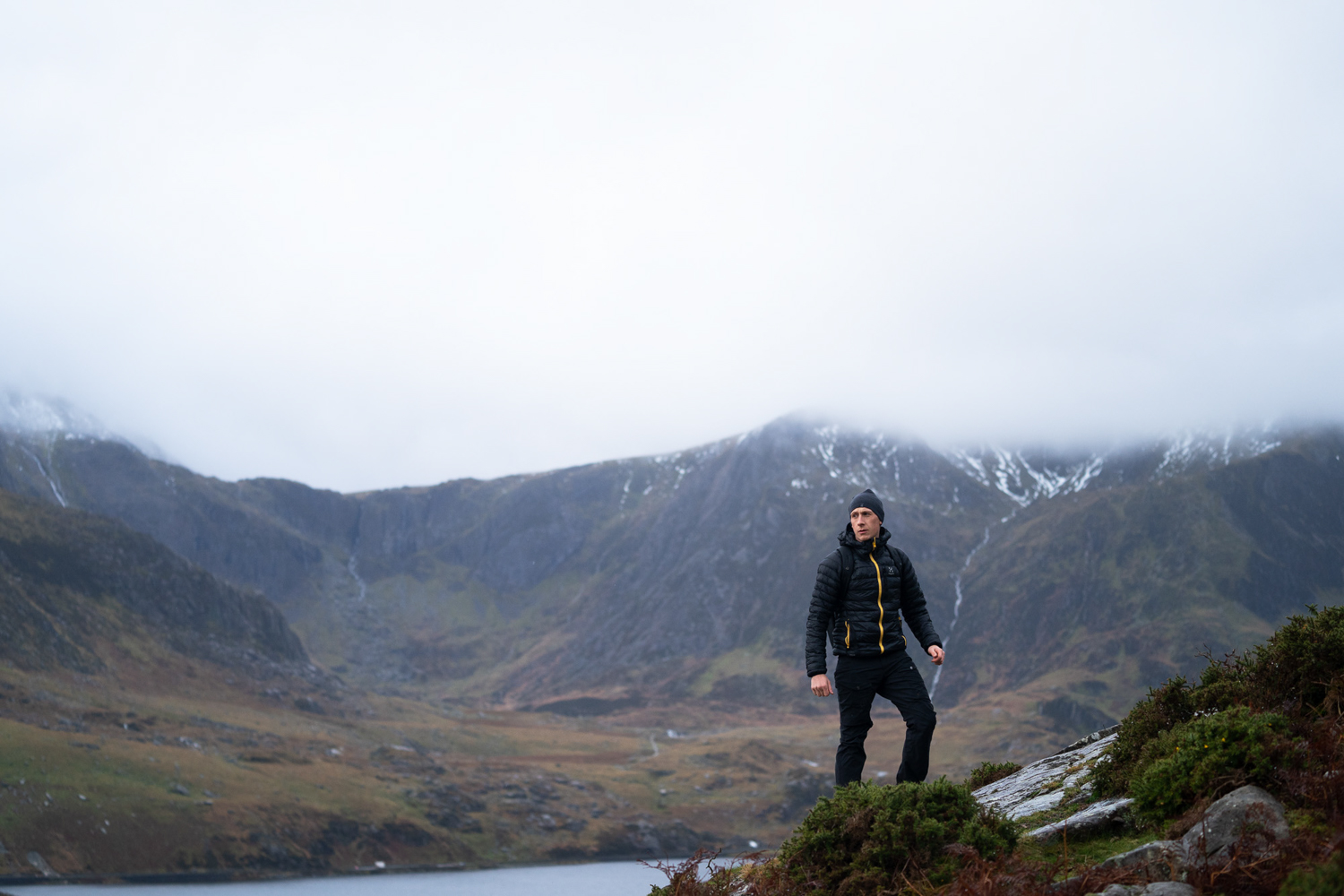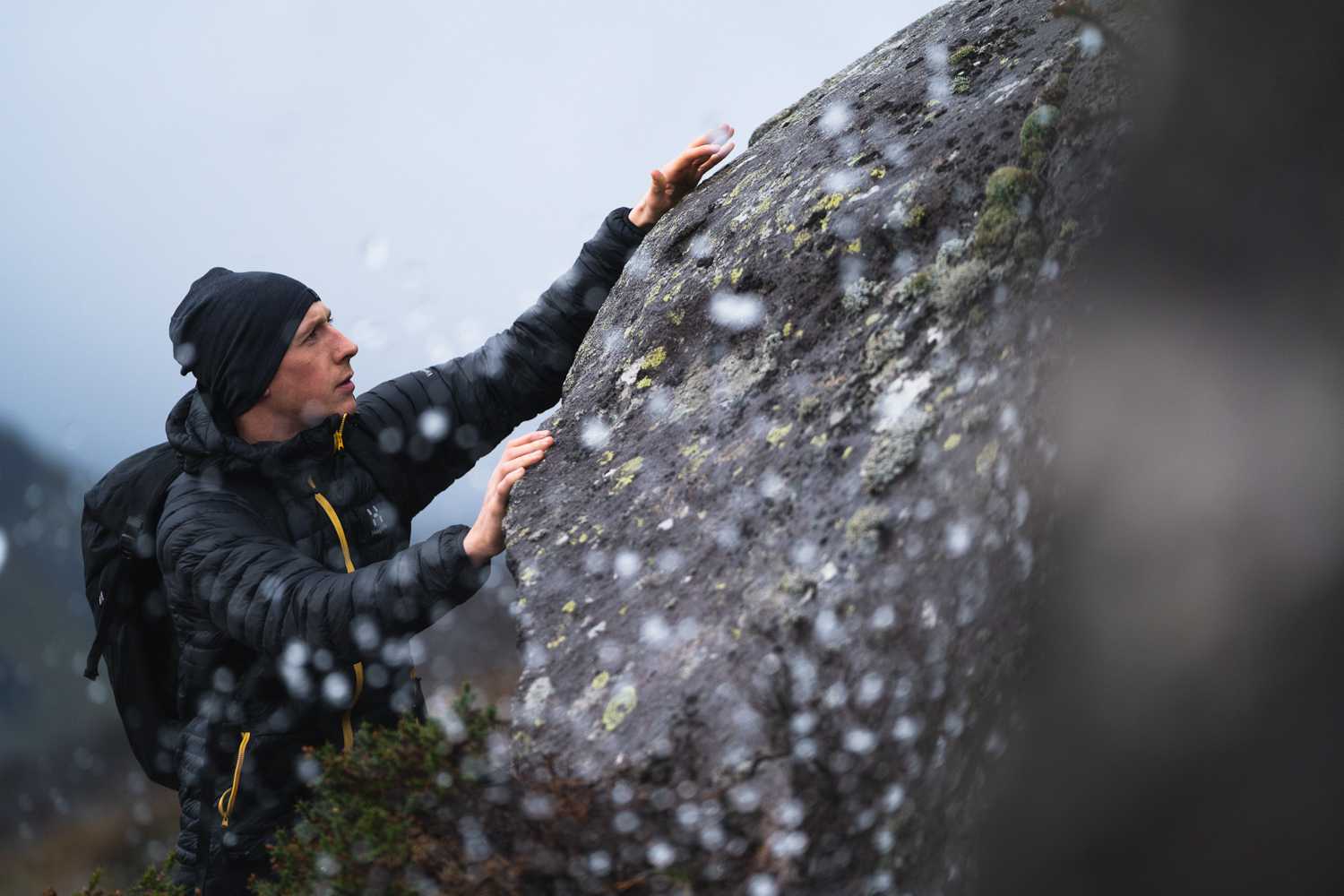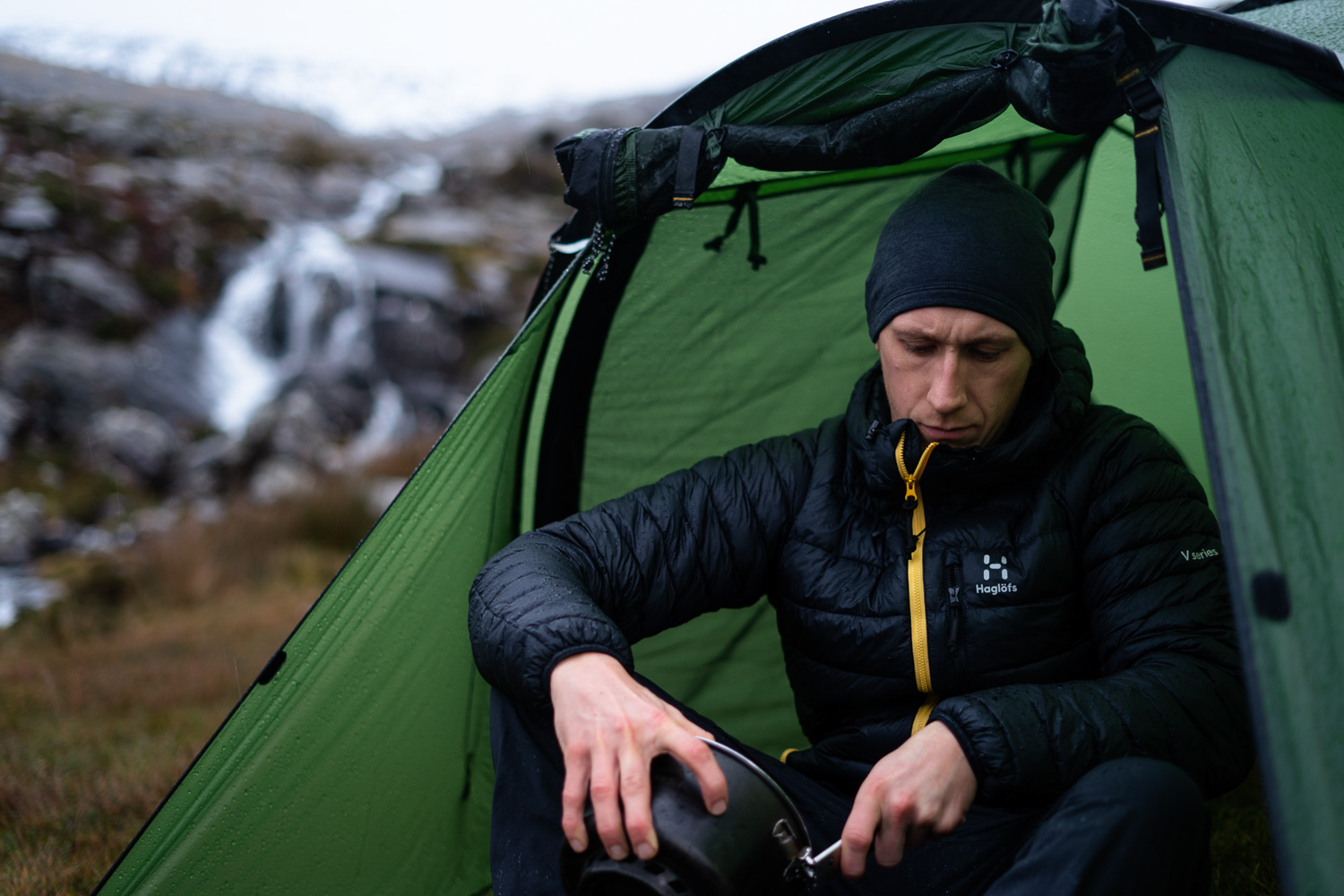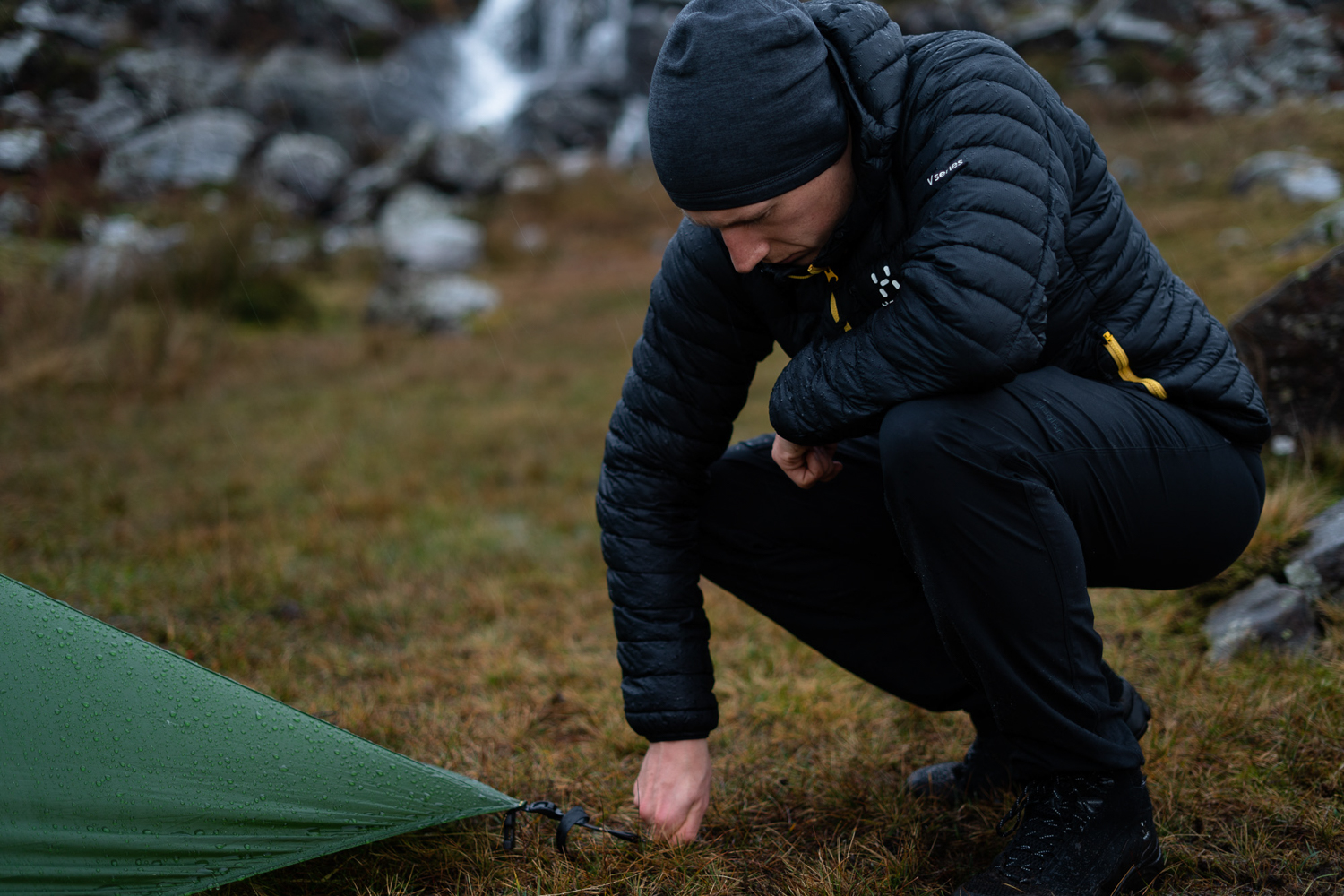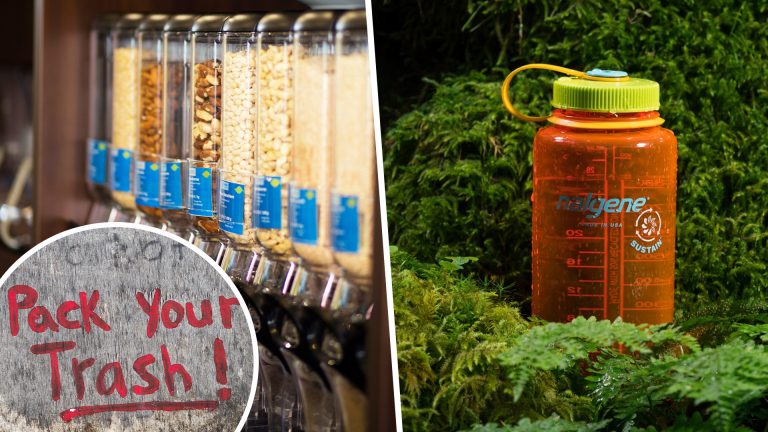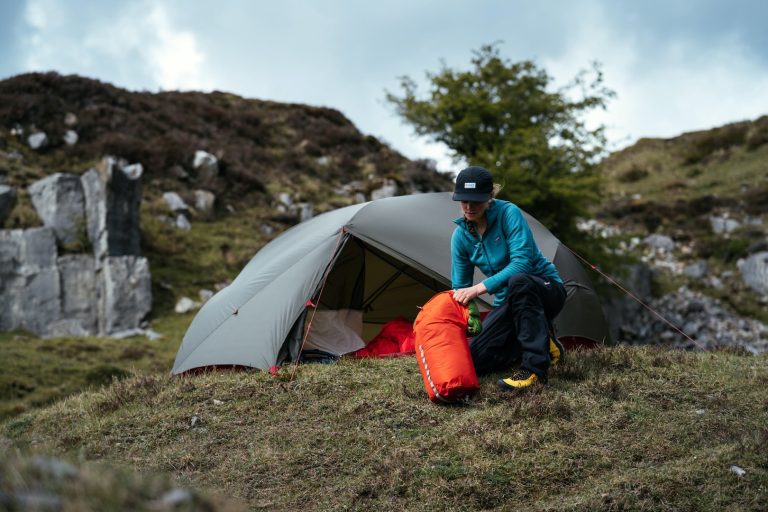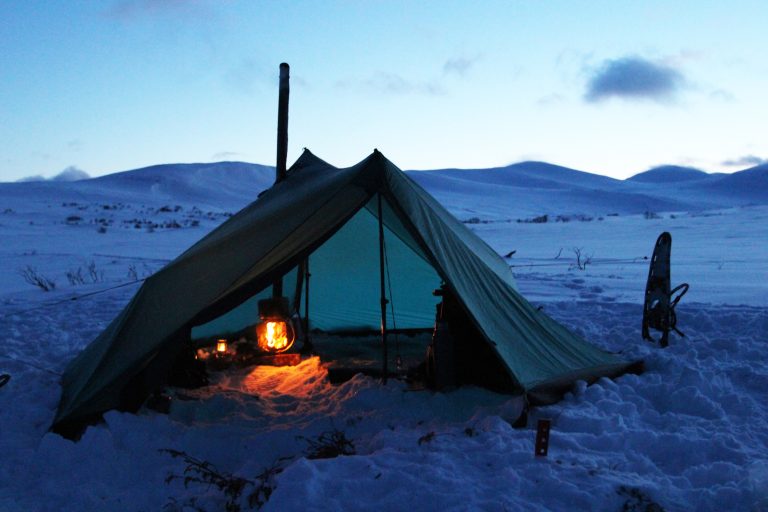We all know how good time outdoors can be for our physical and mental well-being. The problem, however, is that while that outdoor time comes along easily in the summer months, winter is a completely different story. That’s when you’ve got to work for it; you can’t take your outdoor time when you like, you take it when you can – come rain or shine.
And that’s when good gear becomes essential. Obviously to keep warm during winter hiking, you want good kit that can keep you warm, dry and ultimately happy to be out, but what also really counts is how you use that gear and the routines and rituals as well.
We recently spoke to the following outdoor explorers to find out what tips and tricks they subscribe to when it comes to dealing with cold weather.
Anna Blackwell – Trekked 1,300km on foot through the Arctic and Northern Scandinavia
Ash Routen – Completed a 640km foot crossing of frozen Lake Baikal.
James Forrest – The fastest person to climb all 1001 mountains in Britain and Ireland
Mark Waring – Expert in Scandinavian trekking, packrafting and snowshoeing
Nicola Hardy – Climbed all 282 of Scotland’s Munros in 2019.
Ways To End Up Cold
To stay warm while hiking, it’s worthwhile understanding what can cause you to end up getting cold…
Mark: “If you’re cold on the trail, that means you’ve mainly allowed heat to be lost by ‘convection’ (either through moisture ingress or cold air penetrating your clothing) or by ‘radiation’ (when your clothing has failed to prevent your body heat from escaping). You may have poor quality or poorly maintained clothing and you are now wet or exposed to cold air. Alternatively, you may have exerted yourself and sweat has failed to wick away and has now cooled. You need to get rid of that moisture and get yourself warm again.”
What you need is to think about is wearing a clothing system that traps heat but prevents cold air or moisture from penetrating. Think layers as this will allow you to easily adjust and control the warmth around you (preventing sweat building up on your skin and subsequently freezing). Create a wind and water tight barrier to protect yourself.”


